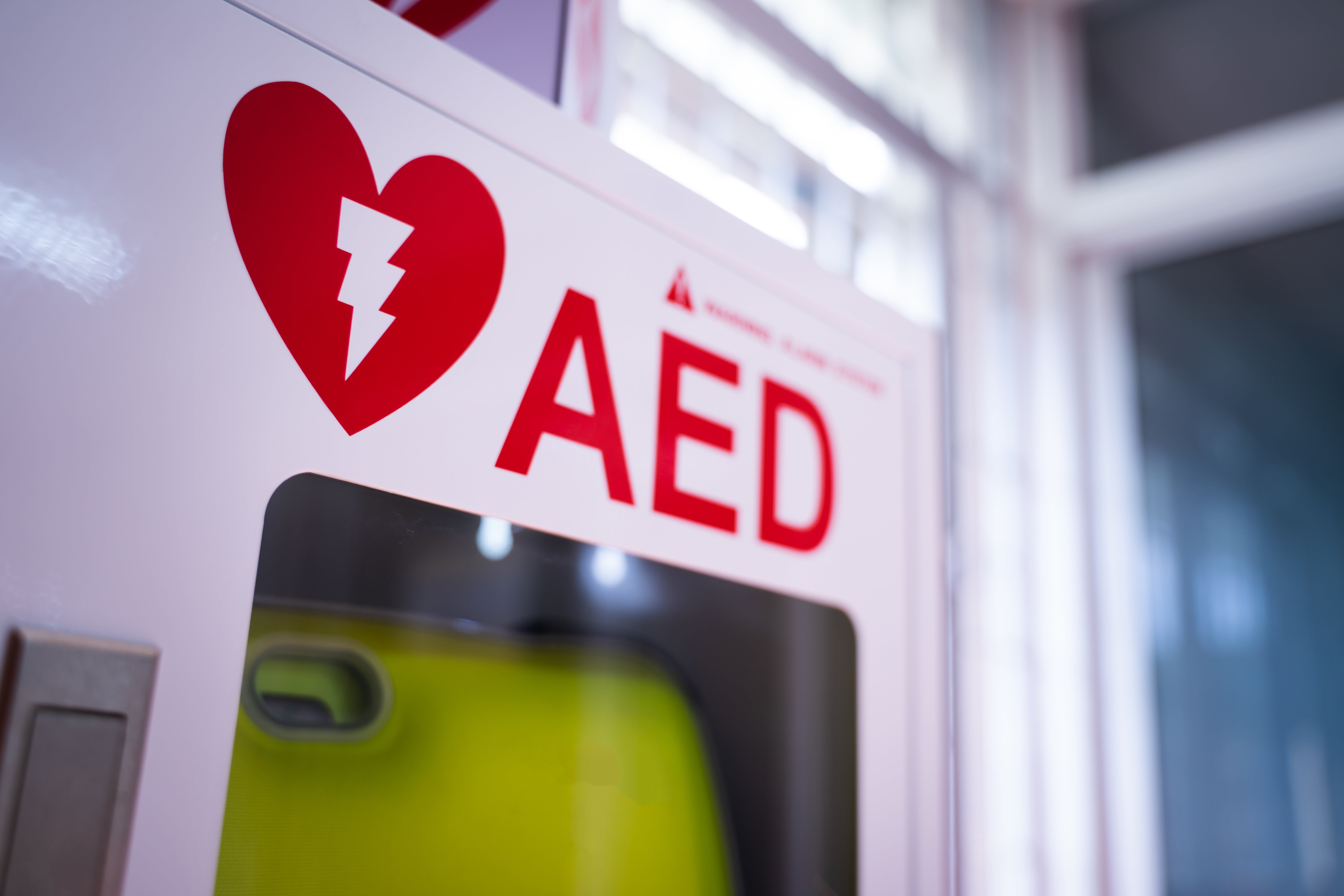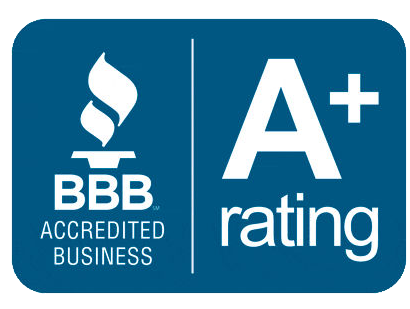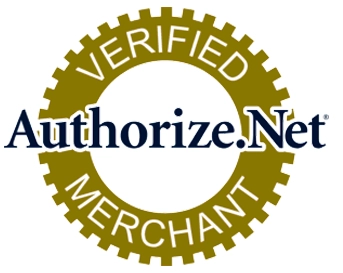AED Machines for Businesses
What is an AED?
How Does an AED Work?
When Should an AED Be Used?
In What Situations Should an AED Not be Used?
Are We Required to Have an AED in the Workplace?
What Type of AED is Best for Our Workplace?
Where Should We Keep Our AED?
Can Employees Use an AED Without Formal Training?
Where Can We Purchase an AED for Business?













